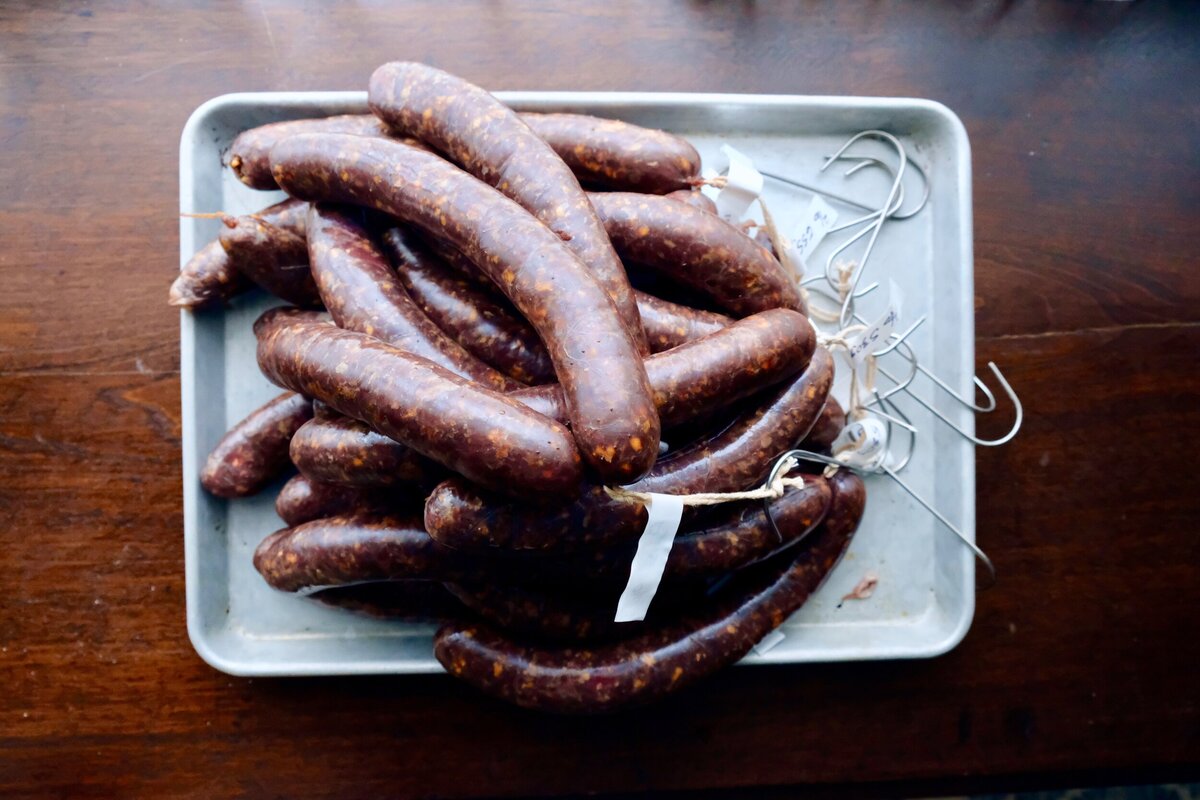

Articles
How To Store Sausage
Modified: January 5, 2024
Looking for tips on how to store sausage? Check out our articles for expert advice on properly storing and preserving your favorite sausages.
(Many of the links in this article redirect to a specific reviewed product. Your purchase of these products through affiliate links helps to generate commission for Storables.com, at no extra cost. Learn more)
Introduction
In this article, we will explore the best practices for storing sausage to ensure its freshness and safety. Whether you have purchased sausage from the grocery store or have made it at home, proper storage is crucial to maintain its flavor and prevent bacterial growth.
Sausage is a versatile and delicious meat product that can be enjoyed in various dishes, such as breakfast sandwiches, pasta dishes, or even grilled as a main course. However, improper storage can lead to spoilage, loss of quality, and potential health risks.
By following the guidelines outlined in this article, you can extend the shelf life of your sausage and preserve its taste and texture. We will discuss the importance of choosing the right packaging, the best methods for refrigerating and freezing sausage, handling and thawing tips, proper labeling, and storing cooked sausages. Let’s dive in!
Key Takeaways:
- Properly storing sausage is essential for maintaining its flavor and safety. Choose the right packaging, refrigerate or freeze as needed, and follow safe handling and labeling practices to enjoy delicious sausage dishes while minimizing waste.
- Practice good hygiene, opt for safe thawing methods, and label and store sausage properly to ensure its freshness and safety. Whether refrigerating or freezing, these best practices will help you enjoy flavorful sausage dishes with peace of mind.
Read more: How To Store Sausage Casings
Choosing the Right Packaging
When it comes to storing sausage, choosing the right packaging is essential in maintaining its quality. Proper packaging helps to prevent the sausage from being exposed to air and moisture, which can lead to spoilage. Here are some packaging options to consider:
- Airtight Plastic Wrap: Wrapping sausage tightly in plastic wrap helps to create a barrier against air and moisture, keeping the sausage fresh. Make sure to wrap it securely, paying attention to any exposed ends.
- Vacuum-Sealed Bags: Vacuum-sealed bags are a popular choice for storing sausage as they completely remove the air, preventing oxidation and prolonging the sausage’s shelf life. These bags can be found at most kitchen supply stores.
- Ziploc Bags: If you don’t have vacuum-sealed bags, using Ziploc bags can be an alternative. Ensure that you squeeze as much air out as possible before sealing the bag.
- Butcher Paper: Butcher paper is a breathable option that allows the sausage to maintain its moisture while still providing some protection against air and light. It is ideal for short-term storage or if you plan to use the sausage within a few days.
Regardless of the packaging option you choose, it is crucial to label the sausage with the date of packaging to track its freshness. This will help you to easily identify any expired sausage and reduce the risk of consuming spoiled meat.
Remember, always use food-grade packaging materials to ensure the safety of your sausage. Avoid using regular plastic bags or containers that may contain harmful chemicals.
Now that we have covered the importance of choosing the right packaging, let’s move on to the next section: refrigerating sausage storage.
Refrigerator Storage
Refrigerating sausage properly is crucial to maintain its freshness and prevent bacterial growth. Here are some guidelines to follow when storing sausage in the refrigerator:
- Temperature: Set your refrigerator temperature to 40°F (4°C) or below to ensure the sausage stays at a safe temperature to prevent the growth of bacteria.
- Original Packaging: If the sausage is store-bought and comes in a sealed package, you can store it as is in the refrigerator. However, if the package is opened, make sure to transfer the sausage into an airtight container or resealable bag to maintain its freshness.
- Separate from Other Foods: To prevent cross-contamination, store the sausage away from other raw meats or foods that can drip on it. Place it on a separate shelf or in a designated drawer in your refrigerator.
- Use Within 3-4 Days: Fresh sausage should be consumed within 3-4 days of refrigeration. After that, its quality may start to decline, and the risk of spoilage increases.
Note that these guidelines are for raw, uncooked sausages. Cooked sausages have a shorter shelf life and should be consumed within 2-3 days.
It is important to mention that if you notice any unusual odor, discoloration, or sliminess on the sausage, it is a sign that it has spoiled, and it should be discarded immediately.
Now that you know how to store sausage in the refrigerator let’s move on to the next section: freezer storage.
Freezer Storage
Freezing sausage is an excellent option for long-term storage, as it helps to maintain its quality and flavor. When properly frozen, sausage can be stored for several months. Here are some steps to follow for freezing sausage:
- Wrap Properly: Before freezing, package the sausage tightly to prevent freezer burn and exposure to air. You can use airtight plastic wrap, freezer bags, or vacuum-sealed bags.
- Divide into Portions: If you have a large quantity of sausage, consider dividing it into smaller portions before freezing. This allows you to thaw only what you need, reducing waste.
- Label and Date: Always label the package with the type of sausage and the date of freezing. This will help you keep track of its freshness and prevent confusion.
- Store at 0°F (-18°C) or below: Ensure that your freezer is set at 0°F or below, as this is the optimal temperature for freezing and preserving the sausage’s quality.
- Freeze Flat: If using plastic bags, flatten them as much as possible before sealing. This allows for easy stacking and saves space in the freezer.
- Don’t Refreeze Thawed Sausage: Once thawed, do not refreeze the sausage unless it has been cooked. Refreezing can affect the texture and quality of the sausage.
When properly frozen and stored, raw sausage can typically maintain its quality for up to 2-3 months, while cooked sausage can be stored for up to 1-2 months. However, it is important to note that the longer sausage is stored in the freezer, the more its quality may deteriorate, so it’s best to consume it within the recommended timeframes.
Now that you know how to properly freeze sausage, let’s move on to the next section: handling and thawing.
Handling and Thawing
Proper handling and thawing of sausage are essential to maintain its quality and ensure food safety. Here are some important tips to follow when handling and thawing sausage:
- Safe Handling: Always practice good hygiene when handling sausage. Wash your hands thoroughly with soap and water before and after handling raw sausage to prevent the spread of bacteria.
- Thaw in the Refrigerator: The safest method to thaw sausage is in the refrigerator. Simply transfer the frozen sausage from the freezer to the refrigerator and allow it to thaw gradually. This method ensures even and slow thawing, reducing the risk of bacteria growth.
- Plan Ahead: Keep in mind that thawing sausage in the refrigerator takes time. Plan ahead and thaw it overnight or for at least several hours, depending on the size and thickness of the sausage.
- Avoid Thawing at Room Temperature: Thawing sausage at room temperature can promote the growth of harmful bacteria. It is best to avoid this method to ensure food safety.
- Cook Without Thawing: If you’re in a hurry and need to cook sausage directly from the freezer, you can do so. However, note that the cooking time may be slightly longer compared to thawed sausage.
Whether you choose to cook sausage from frozen or thawed, make sure it reaches a safe cooking temperature of 160°F (71°C) for poultry sausages or 165°F (74°C) for pork, beef, and other meat sausages.
By following these handling and thawing tips, you can ensure the safety and quality of your sausage. Now let’s move on to the next section: proper labeling of stored sausage.
Store sausage in the refrigerator in its original packaging or a resealable plastic bag for up to 2 days. For longer storage, freeze in airtight containers for up to 2 months. Thaw in the refrigerator before using.
Read more: How To Store Sausage Balls
Proper Labeling
Properly labeling stored sausage is essential for organization, tracking freshness, and ensuring food safety. Here are some guidelines for labeling your sausage:
- Date: Always include the date when the sausage was packaged or frozen. This helps you keep track of its freshness and ensures you consume it within the recommended timeframes.
- Type of Sausage: Indicate the type of sausage on the label. This is especially helpful if you have multiple varieties of sausage stored in your freezer or refrigerator.
- Cooked or Raw: If the sausage is already cooked, label it as “cooked” to differentiate it from raw sausage. This will help prevent confusion and ensure proper handling.
- Storage Instructions: Consider including storage instructions on the label, such as “refrigerate” or “freeze.” This will serve as a reminder of the appropriate storage method for the sausage.
- Additional Notes: If there are any specific notes or reminders related to the sausage, such as marinade ingredients or cooking instructions, you can include them on the label to make meal preparation easier.
Proper labeling allows you to easily identify and use your sausage, minimizing the risk of consuming expired or improperly stored meat. It also helps in meal planning and prevents food waste.
Now that you know how to properly label your sausage, let’s move on to the next section: storing cooked sausages.
Storing Cooked Sausages
Cooked sausages can often be leftover from meals or made in advance for convenience. It’s important to know the proper storage methods to maintain their flavor and quality. Here are some tips for storing cooked sausages:
- Cool Before Storing: Allow the cooked sausages to cool down to room temperature before storing them. This helps prevent condensation and moisture buildup, which can lead to bacterial growth.
- Airtight Container or Wrap: Transfer the cooked sausages to an airtight container or wrap them tightly in plastic wrap. This helps maintain their moisture and prevents them from absorbing odors from other foods in the refrigerator.
- Refrigerator Storage: Cooked sausages can be stored in the refrigerator for up to 2-3 days. Make sure to place them in a designated area away from other raw meats.
- Freezer Storage: If you want to store cooked sausages for a longer period, freezing is the best option. Package them tightly in freezer-safe containers or bags, removing as much air as possible. Cooked sausages can be safely frozen for up to 2-3 months, though the quality may slightly deteriorate over time.
- Thawing and Reheating: When you’re ready to use the stored cooked sausages, thaw them in the refrigerator overnight if frozen. To reheat, you can grill, pan-fry, or microwave them until heated through.
Remember, always ensure that the cooked sausages reach a safe internal temperature of 165°F (74°C) before consuming.
By following these guidelines, you can safely store and enjoy your cooked sausages, minimizing food waste and maximizing their deliciousness.
Now that we have covered storing cooked sausages, let’s move on to some frequently asked questions related to sausage storage.
Frequently Asked Questions
1. Can I freeze sausage in its original packaging?
It is generally recommended to transfer sausage from its original packaging to airtight containers or freezer bags before freezing. Original packaging may not provide sufficient protection or prevent freezer burn.
2. How long can I keep sausage in the refrigerator?
Raw sausage can be kept in the refrigerator for 3-4 days. Cooked sausage can be stored for 2-3 days. It’s important to pay attention to any signs of spoilage, such as an off odor or sliminess, and discard it if necessary.
3. Can I refreeze sausage that has been thawed?
It is generally not recommended to refreeze raw sausage once it has been thawed. However, if the sausage has been cooked, it can be safely refrozen after thoroughly reheating it.
4. Can I freeze sausage that has already been cooked?
Yes, cooked sausages can be safely frozen. Ensure they are tightly wrapped or stored in airtight containers to maintain their quality and protect against freezer burn.
5. How long can I store sausage in the freezer?
Raw sausage can be stored in the freezer for 2-3 months, and cooked sausage can be stored for 2-3 months as well. While the sausage may still be safe to consume after this timeframe, the quality may deteriorate.
6. Can I thaw sausage in the microwave?
While it’s possible to thaw sausage in the microwave, it’s best to use the refrigerator method for safe and even thawing. If you use the microwave, follow the manufacturer’s instructions for defrosting to avoid partially cooking the sausage.
7. Can I freeze sausage patties?
Yes, sausage patties can be frozen. Package them in airtight containers or freezer bags with layers separated by wax paper or parchment to prevent sticking.
8. Can I freeze sausage links with casings?
Yes, sausage links with casings can be frozen. Ensure they’re tightly wrapped or placed in airtight containers to maintain their quality and prevent freezer burn.
Remember to always use your best judgment when it comes to the quality and freshness of sausage. When in doubt, it’s better to discard it to ensure your safety.
Now that we have addressed some frequently asked questions let’s wrap up the article.
Conclusion
Proper storage of sausage is crucial in maintaining its flavor, quality, and safety. By following the guidelines mentioned in this article, you can ensure that your sausage stays fresh and delicious for as long as possible.
Choosing the right packaging, whether it’s airtight plastic wrap, vacuum-sealed bags, or butcher paper, helps to protect the sausage from air and moisture. Refrigerator storage allows for short-term preservation, while freezer storage is ideal for long-term storage.
When handling and thawing sausage, always practice good hygiene and opt for safe thawing methods such as thawing in the refrigerator. Properly labeling your sausage with the date, type, and storage instructions helps with organization and tracking freshness.
Remember to store cooked sausages separately and to follow proper reheating guidelines. Thoroughly cook sausage until it reaches a safe internal temperature before consuming.
By implementing these best practices for storing sausage, you can enjoy its delicious flavor and versatility in various dishes while minimizing waste and ensuring food safety.
We hope that this article has provided you with valuable insights and guidance on storing sausage. Happy cooking and enjoy your flavorful sausages!
Frequently Asked Questions about How To Store Sausage
Was this page helpful?
At Storables.com, we guarantee accurate and reliable information. Our content, validated by Expert Board Contributors, is crafted following stringent Editorial Policies. We're committed to providing you with well-researched, expert-backed insights for all your informational needs.




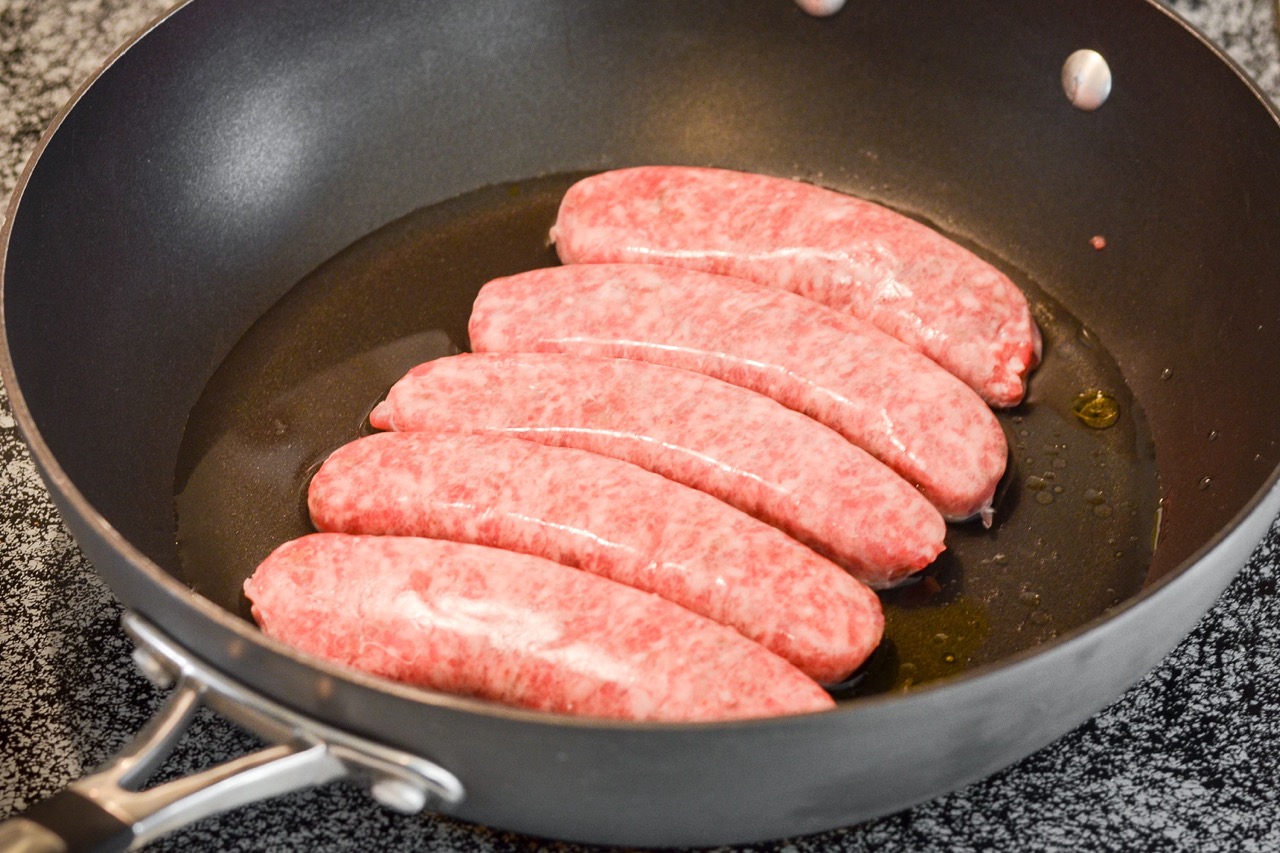
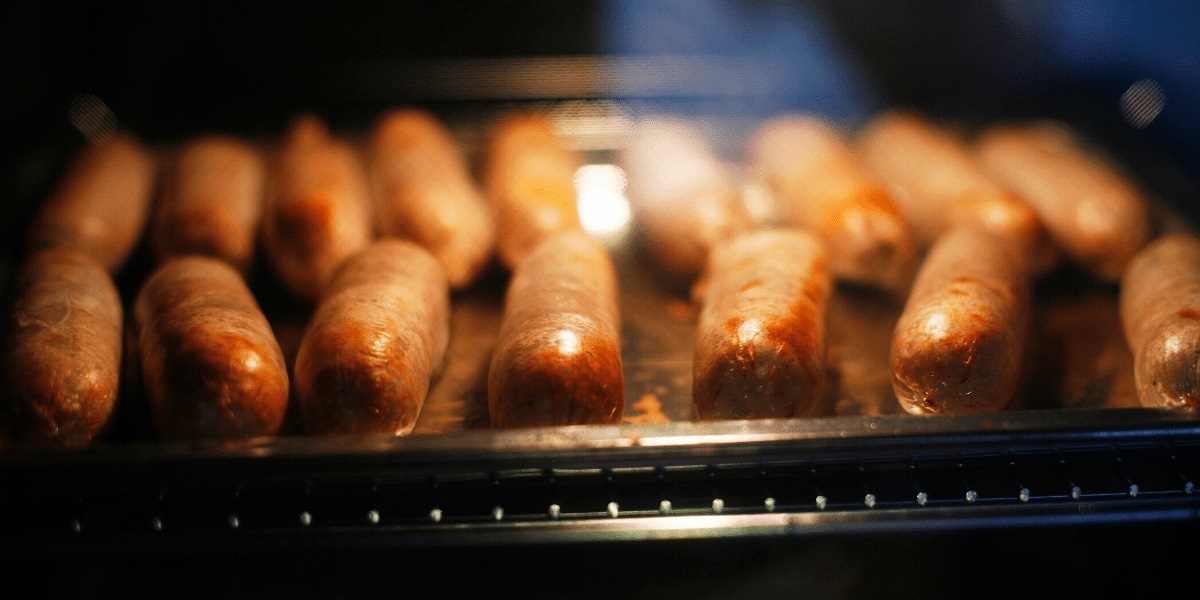
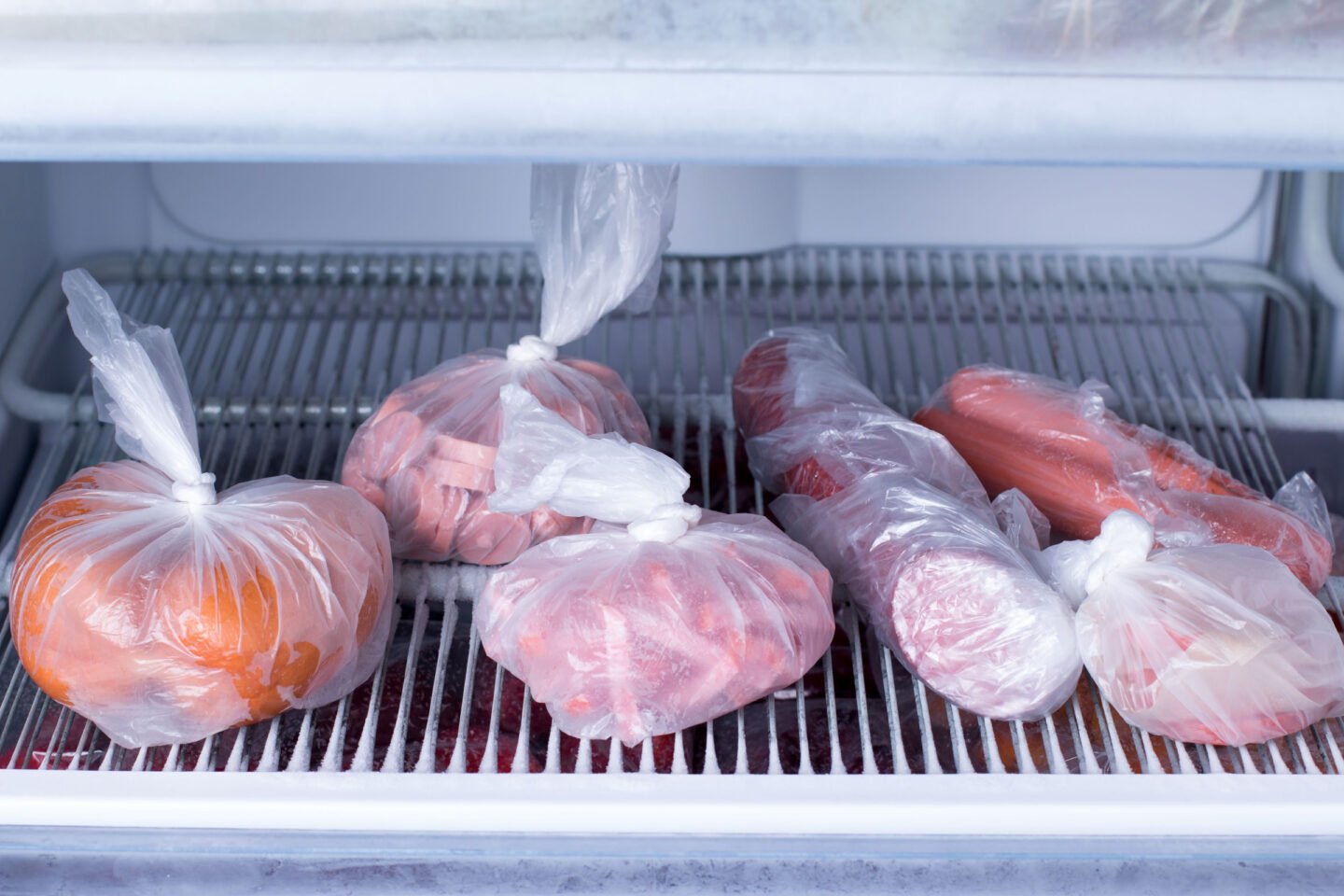
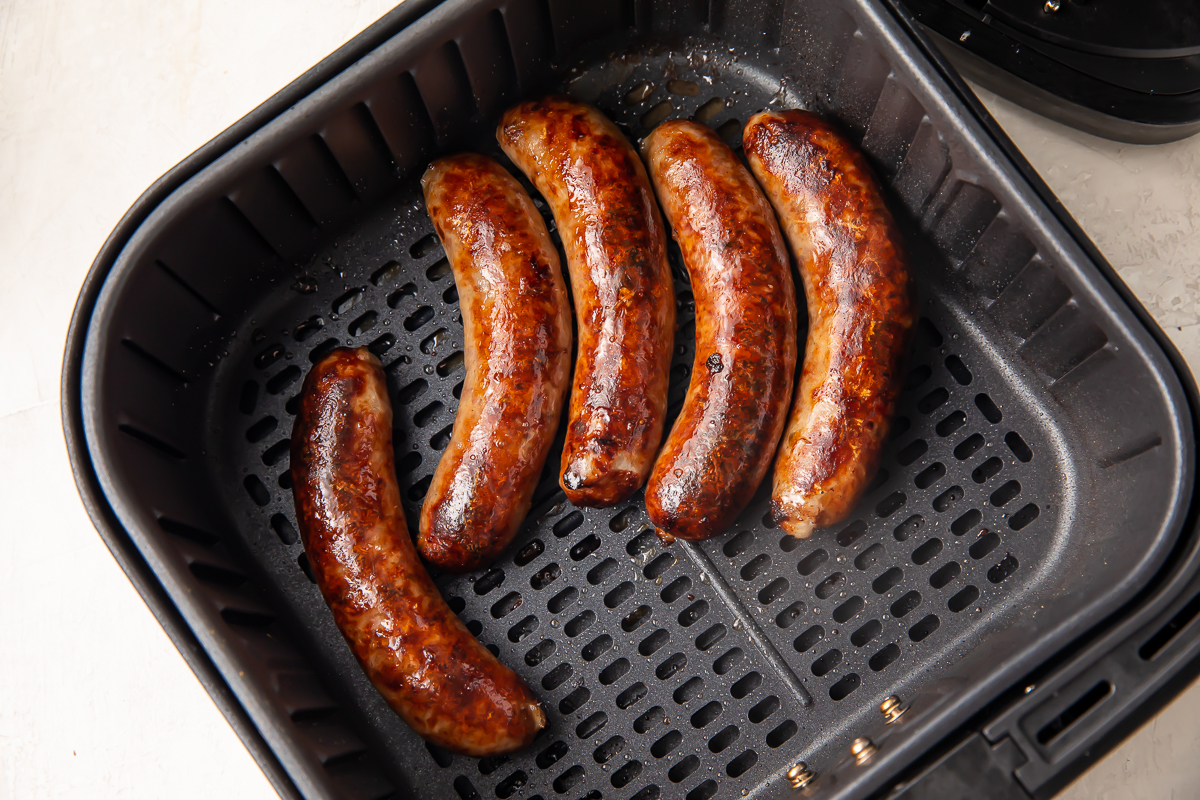







0 thoughts on “How To Store Sausage”